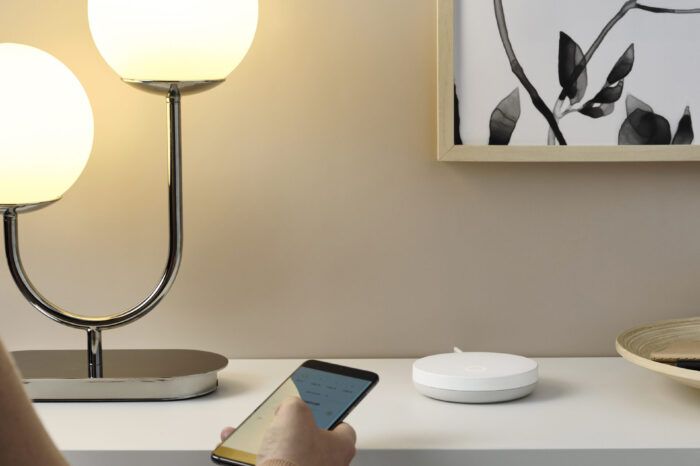Car insurance and telematics tariffs: Between promised discounts and data risks

The insurance world is currently undergoing a revolution: IoT technologies such as vehicle telematics, wearables, smart home sensors and connected systems enable data-driven policies, preventive models and new service ecosystems. Insurers collect data, and customers can save money. But does the calculation really work out? Not everything with good intentions is well executed.
Car insurance is a particularly suitable field for data-driven premium models: One of the first telematics offerings by a car insurer in the USA was over ten years ago Progressive Snapshot: Those who shared driving data via an OBD II dongle were promised they could save up to 30 percent on insurance premiums. According to Insurance Journal, participation increased by 40% by 2022 compared to 2019.
Discounts through driving data: Worth it or just marketing?
But not all experiences were positive: Users reported on Reddit that even careful driving hardly resulted in notable discounts. While good driving behavior could earn discounts, base premiums for Snapshot customers regularly increased, canceling out the savings. Conversely, you also share driving data with the insurer, which could be used against you in case of an accident.
The Snapshot product mainly recorded data such as speed and hard braking. The assumption: those who brake hard less often drive more cautiously. But that is only one side of the coin. As Joe Manna wrote in his blog, who used the Snapshot insurance himself for several years, overly simplified interpretation of telematics data could ultimately be counterproductive for road safety. In critical situations, those who hesitate for fear of a higher premium may react too late.
When drivers alter their driving behaviors under the duress of a financial penalty, it creates moments of indecision. Indecision costs thousands of people’s lives every year. Vehicle telematics can be valuable to educate drivers, but if it alters the execution of an evasive maneuver by even a fraction of a second, it renders more harm than good. — Joe Manna
How German insurers use telematics – and what users say
Also in Europe – and especially in Germany – many insurers now offer telematics concepts for car insurance. HUK‑Coburg is the market leader and has nearly 650,000 customers with its “Telematik Plus” tariff, who save on average around €83 per year. ERGO offers a “Safe Drive” option with a 10% starting bonus and up to 30% cashback via app. Neodigital also offers a telematics tariff with up to 15% discount the following year based on point scoring, while Verti, in cooperation with Renault, guarantees savings of 5% to 15% via the “CaReward” app.
But is it really worth it? User opinions are quite critical. Especially in privacy-loving Germany, many are reluctant to give up their privacy for a few euros. In a discussion on Reddit, for example:
My conclusion: After 5 months, I didn’t even save 5€, and for such a ridiculous saving I would never let myself be monitored like that again. — GlowingShoes on Reddit
Another user, however, writes that these tariffs can especially benefit young drivers, because premiums are particularly high for them and possible savings then make sense. For long-time drivers, the percentage discount on already low premiums is hardly noticeable. And then there is the practical aspect: To get the telematics data to the insurer, it is usually collected and transmitted via smartphone while driving. If you don’t always keep your phone connected to the charger, you may notice it later in battery drain.
The only disadvantage I noticed using it is that the battery on my phone wore out very quickly. — KnackiKnacknuss on Reddit
The insurers themselves benefit in several ways from collecting data: They can calculate each driver’s risk much more precisely, and completely new business models open up. For example, additional services like driving style analysis, accident reporting or tracking stolen vehicles. Critics say, however, that the real profit lies with the insurers – through fewer claims, more precise risk assessment and better margins.
In addition, the way the data is evaluated is often opaque. Drivers usually only see a score or point total, but not the raw data behind it. This opens the door for misinterpretations and disputes – especially if insurers argue after an accident based on this data. Legally, it is still not clearly defined to what extent such telematics data is admissible in court or how objectively it is assessed.
Moreover, not every driving style can be fairly translated into numbers. Those who drive a lot in the city have to brake more often, which can be penalized in scoring. It also matters at what times of day you drive – night driving is considered riskier. So it can happen that even careful drivers get worse scores just because they’re on the road at “unfavorable” times.
Conclusion
Telematics tariffs can make sense for certain target groups such as young or occasional drivers and bring discounts. But for many others, the savings are unlikely to be significant – especially if it means permanently sharing movement and behavioral data with the insurer. Ultimately, it’s a question of personal sensitivity to data privacy: whether you value your own privacy more – or a few percent off your premium.










